We have been working with our tuakana from Kotuku to create and share some of our learning.
We are learning to use Explain Everything, iMovie and Scratch Jr.
Gene:
Rangitamoe:
Rawden:
We are a year 2 and 3 class at Mangonui School in the Far North. Our teacher is Mrs Jurlina.
Wednesday, 28 August 2019
Friday, 23 August 2019
Looking after our bees
WALT: we can explain to the reader what happened by using where, when, what, who, and why in our writing.
Last week Nga Ringa and Pukeko went to watch Scotty check the bees. We walked down the path to where the school garden is. We have a beehive there. Rawden was watching Scotty in his bee suit. We helped Scotty to look at the bees. There are heaps of bees in our bee hive. There are 250,000 bees. Scotty used a smoker to calm down the bees. We were there to watch Scotty show us the honey. Scotty is a beekeeper. His job is to look after the bees. He wanted to check that the bees were happy and healthy.





When?
Who?
Where?
What?
Why?
We found out that there are 250,000 bees in our hive.
Reflection:
Last week Nga Ringa and Pukeko went to watch Scotty check the bees. We walked down the path to where the school garden is. We have a beehive there. Rawden was watching Scotty in his bee suit. We helped Scotty to look at the bees. There are heaps of bees in our bee hive. There are 250,000 bees. Scotty used a smoker to calm down the bees. We were there to watch Scotty show us the honey. Scotty is a beekeeper. His job is to look after the bees. He wanted to check that the bees were happy and healthy.





When?
Who?
Where?
What?
Why?
We found out that there are 250,000 bees in our hive.
Reflection:
Thursday, 15 August 2019
Tiddalik the Frog- by Cordez
WALT: put our ideas in order.
Tiddalik was a big frog. Tiddalik was thirsty. Tiddalik drank the water from the river and the lake and the land. The land was all crusty and dry. The kangaroo, platypus and kookaburra tried to make Tiddalik laugh. The eel tickled Tiddalik. The water came out of Tiddalik's mouth.
Reflection:
We read Tiddalik the Frog.
We talked about all the main points of the story.
We put the main points in order.
Cordez remembered all the key points of the story. He read his story to Pukeko and they could understand the story (eventhough they didn't read the book).
Tiddalik was a big frog. Tiddalik was thirsty. Tiddalik drank the water from the river and the lake and the land. The land was all crusty and dry. The kangaroo, platypus and kookaburra tried to make Tiddalik laugh. The eel tickled Tiddalik. The water came out of Tiddalik's mouth.
Reflection:
We read Tiddalik the Frog.
We talked about all the main points of the story.
We put the main points in order.
Cordez remembered all the key points of the story. He read his story to Pukeko and they could understand the story (eventhough they didn't read the book).
Tuesday, 13 August 2019
Who Sank the Boat?
WALT: make predictions about what will float and what will sink.

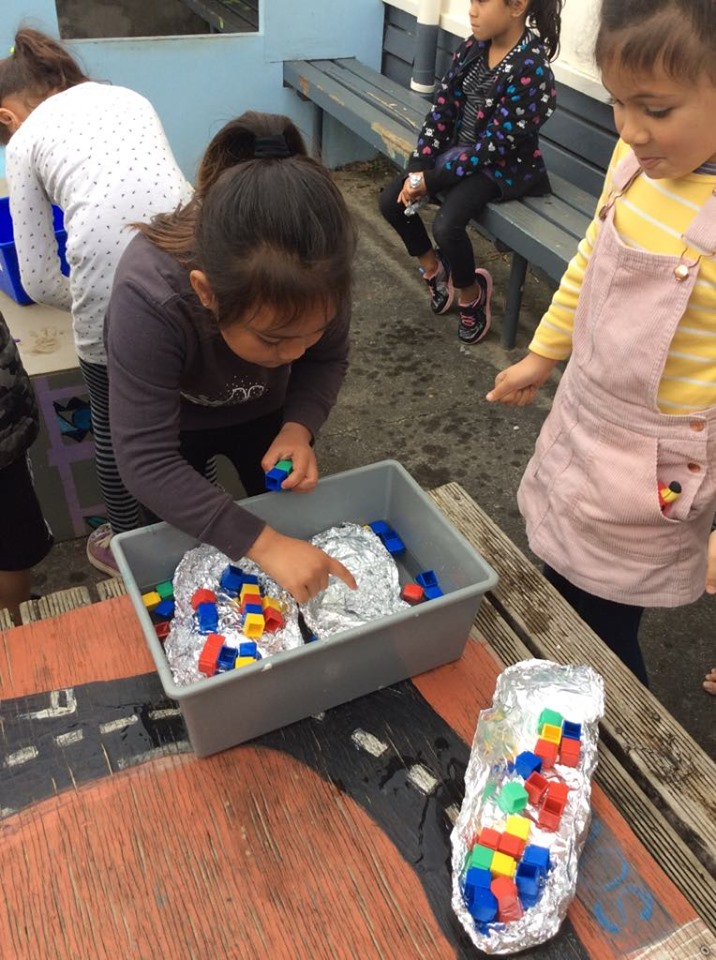
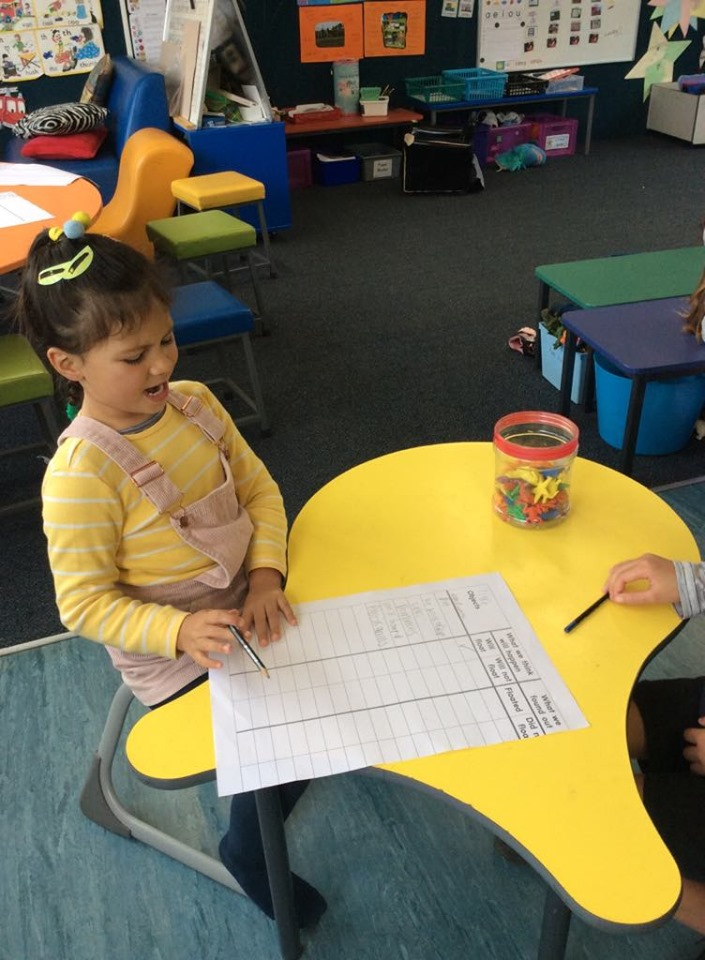


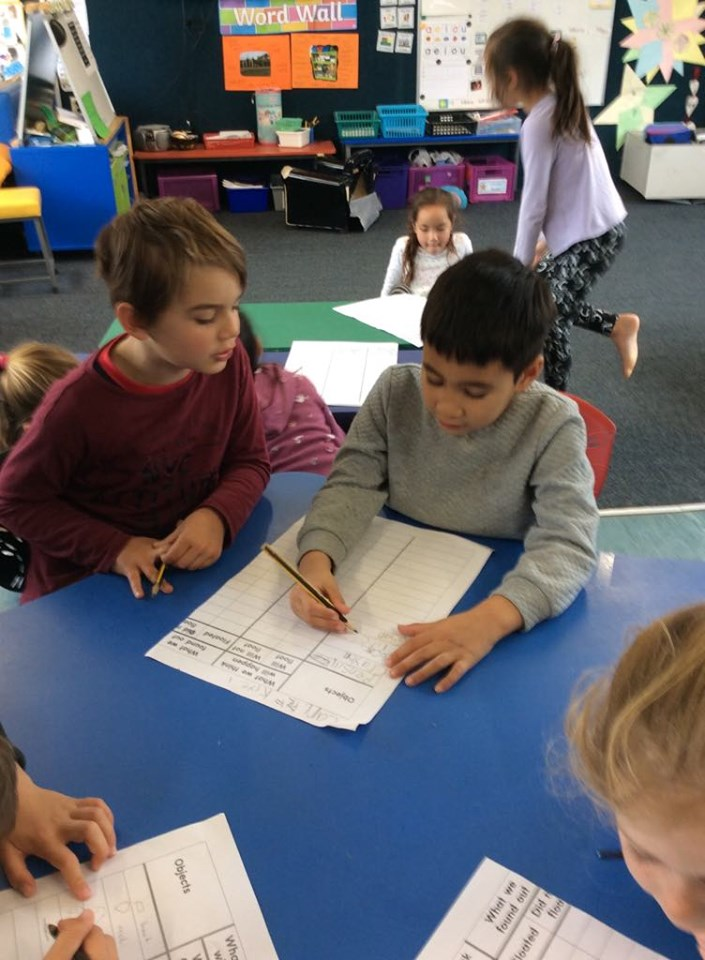
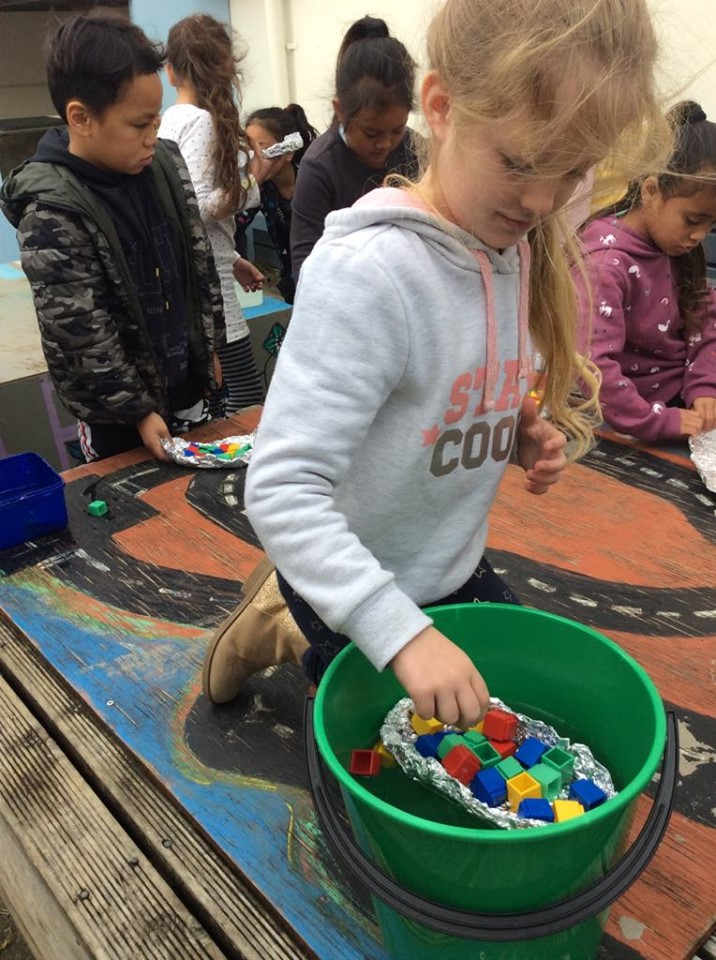
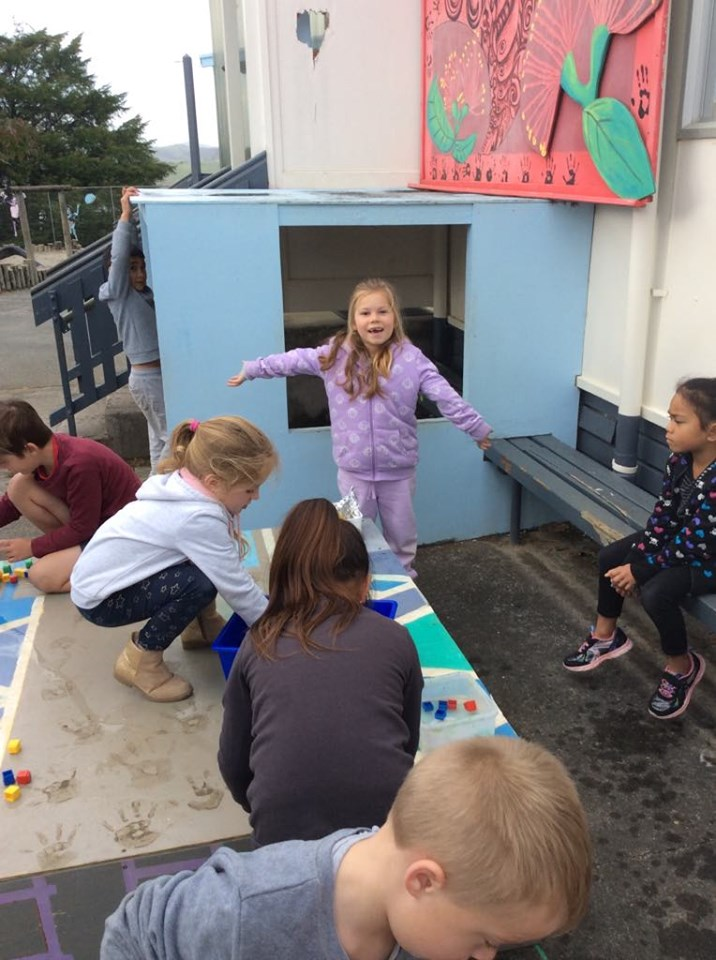
This week in Nga Ringa we read Who Sank the Boat? Then we designed boats out of tinfoil. We tested our boats in water and measured how many blocks they could hold before sinking. We made predictions about what objects might float or sink, then we tested our predictions.
This week in Nga Ringa we read Who Sank the Boat? Then we designed boats out of tinfoil. We tested our boats in water and measured how many blocks they could hold before sinking. We made predictions about what objects might float or sink, then we tested our predictions.
Thursday, 8 August 2019
Comparing lengths of different objects
WALT: make direct comparisons between lengths of different objects.
Reflection:
We found different objects from around our classroom.
We measured their lengths using dominos, blocks, popcorn, gluesticks and iceblock sticks.
We took photos of what we measured.
We tried to order the objects from tallest to shortest. This was tricky. We had to remember that it was the original size of the object not the size of the photo that we were ordering.
Reflection:
We found different objects from around our classroom.
We measured their lengths using dominos, blocks, popcorn, gluesticks and iceblock sticks.
We took photos of what we measured.
We tried to order the objects from tallest to shortest. This was tricky. We had to remember that it was the original size of the object not the size of the photo that we were ordering.
Subscribe to:
Comments (Atom)